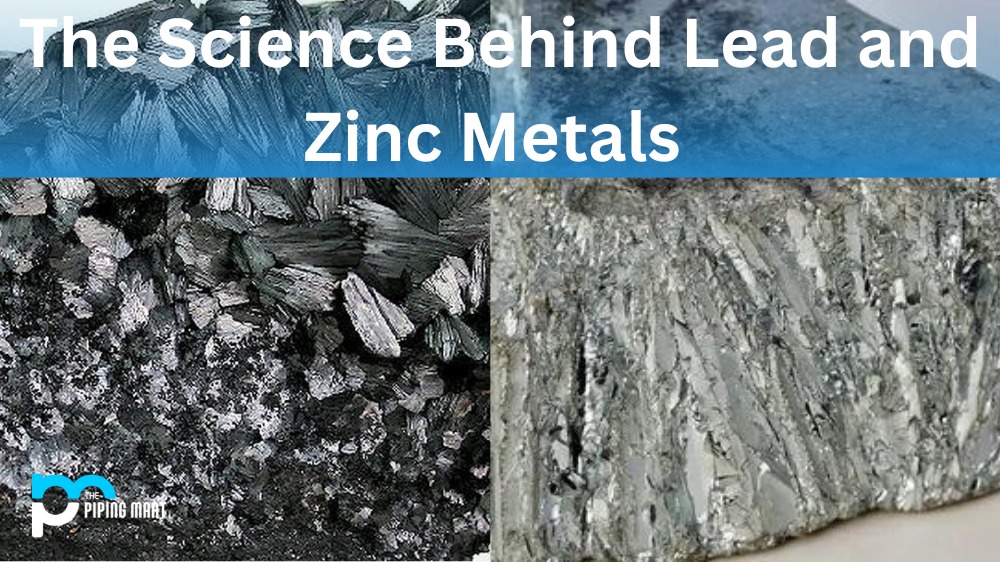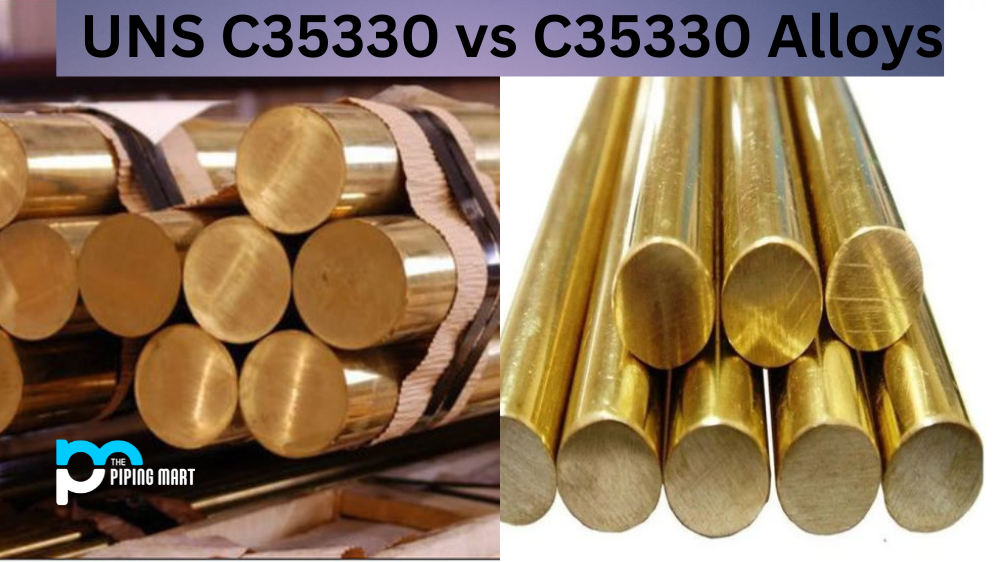Did you know that lead and zinc metals occur naturally in the Earth’s crust? While many people are familiar with these two metals due to their use in everyday products, few people know about the science behind these materials. This blog post will explore what lead and zinc are, where they come from, how they can be used, and why they are so important.
What Are Lead and Zinc?
Lead is a heavy metal found naturally in small amounts in rock formations worldwide. It is malleable, corrosion-resistant, and has a low melting point. Lead is used for various applications, such as radiation shielding in medical equipment, soundproofing walls, and making pipes for plumbing systems. It can also be found in batteries, paint, pewter metalwork, ammunition, plastics, rubber products, and more.
Zinc is another heavy metal found naturally around the world. It is not as malleable as lead, but it does have similar properties, including being corrosion-resistant and having a low melting point. Zinc has many uses, such as galvanizing steel to prevent rusting and creating alloys with other metals like copper or brass for products like coins or jewelry. Zinc can also be found in batteries, paint, sunscreen lotions, animal feed supplements, and more.
Uses of Lead and Zinc
Lead is commonly used due to its malleability, which makes it easy to shape into various forms. This makes it ideal for creating items such as pipes or bullet casings since they need to withstand varying pressure levels without breaking apart easily. Lead’s corrosion resistance makes it suitable for long-term exposure to water, making it perfect for items like ship hulls or roofing materials that will be exposed to rainwater over time without degrading quickly.
In addition to its malleability properties, zinc also offers excellent corrosion resistance, which makes it ideal for outdoor applications such as galvanizing steel objects that are frequently exposed to moisture or saltwater spray from nearby bodies of water such as oceans or lakes. Zinc can also be alloyed with other metals, such as copper or tin when creating coins because zinc has a higher melting point than those two metals, which allows them to maintain their shape better when under extreme heat conditions during manufacturing processes.
Conclusion:
Lead and zinc metals occur naturally worldwide, but we often forget about their importance until we need them in our everyday lives. From shielding radiation during medical procedures to creating strong alloys that can withstand extreme temperatures while maintaining their shape, lead and zinc offer us immense advantages when used correctly! By understanding the science behind these two versatile materials, we can ensure that we get the most out of them while protecting ourselves from potential dangers associated with exposure to high concentrations of either metal over extended periods of time. Thanks for reading!

Meet Bhavesh, a seasoned blogger with a wealth of knowledge and experience. From metal products manufacturing to retail, Bhavesh has a diverse background in various industries and is dedicated to sharing his insights and expertise with readers.




